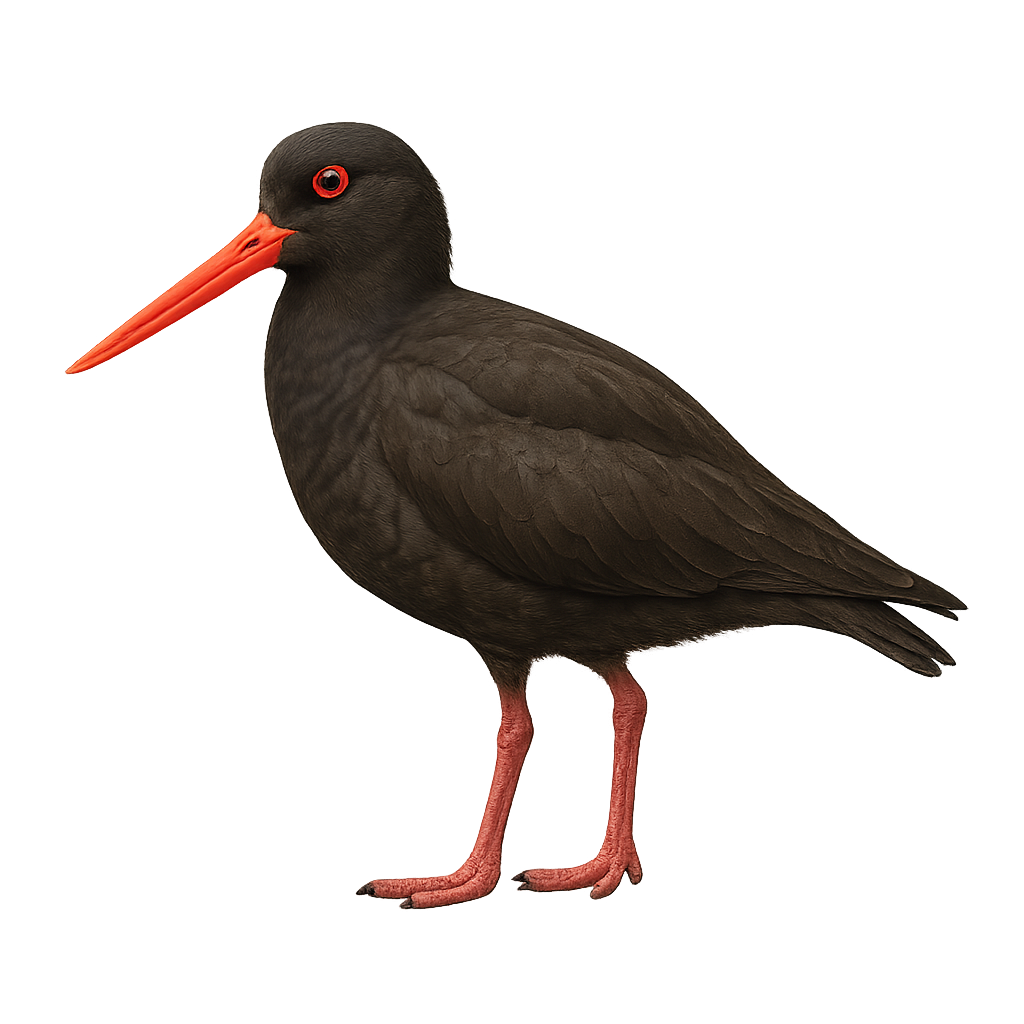Your wildlife photography guide.
Explore the sooty oystercatcher in detail, study its behavior, prepare your shots.
Where to observe and photograph the sooty oystercatcher in the wild
Learn where and when to spot the sooty oystercatcher in the wild, how to identify the species based on distinctive features, and what natural environments it inhabits. The WildlifePhotographer app offers tailored photography tips that reflect the sooty oystercatcher’s behavior, helping you capture better wildlife images. Explore the full species profile for key information including description, habitat, active periods, and approach techniques.
Sooty Oystercatcher
Scientific name: Haematopus fuliginosus

IUCN Status: Least Concern
Family: HAEMATOPODIDAE
Group: Birds
Sensitivity to human approach: Suspicious
Minimum approach distance: 10 m
Courtship display: September to December
Incubation: 26-28 jours
Hatchings: September to January
Habitat:
Rocky coasts, sandy beaches
Activity period :
Primarily active during the day, with peak activity in the morning and late afternoon.
Identification and description:
The Sooty Oystercatcher is a medium-sized coastal bird, easily identified by its deep black plumage and bright red bill. It primarily inhabits the rocky and sandy shores of Australia, feeding on mollusks, crustaceans, and other marine invertebrates. Its piercing call is often heard before the bird is seen. While usually observed in pairs or small groups, it can form large colonies during the breeding season. The Sooty Oystercatcher is a sedentary bird, generally remaining loyal to its territory year-round. Its ability to adapt to various coastal environments makes it a resilient species, although some populations may be vulnerable to human disturbances and habitat loss.
Recommended lens:
400 mm – adjust based on distance, desired framing (portrait or habitat), and approach conditions.
Photography tips:
To photograph the Sooty Oystercatcher, aim for the golden hours of morning or afternoon to capture the beauty of its black plumage under soft light. Use a telephoto lens of at least 400mm to maintain a safe distance and avoid disturbing the bird. Be patient and wait for it to approach while remaining still. Rocky beaches and low tides often provide the best opportunities to observe its natural behavior. Remember to adjust your exposure to avoid overexposing the black plumage.
The WildlifePhotographer App is coming soon!
Be the first to explore the best nature spots, track rutting seasons, log your observations, and observe more wildlife.
Already 1 439 wildlife lovers subscribed worldwide

